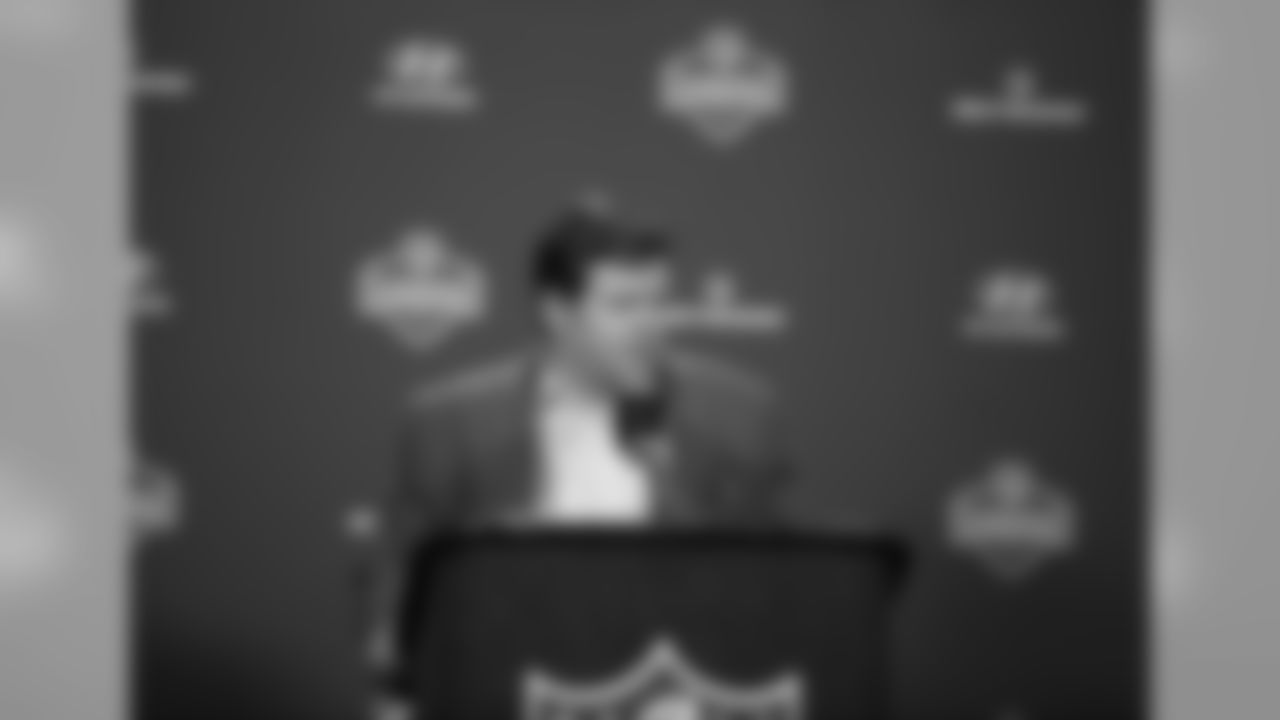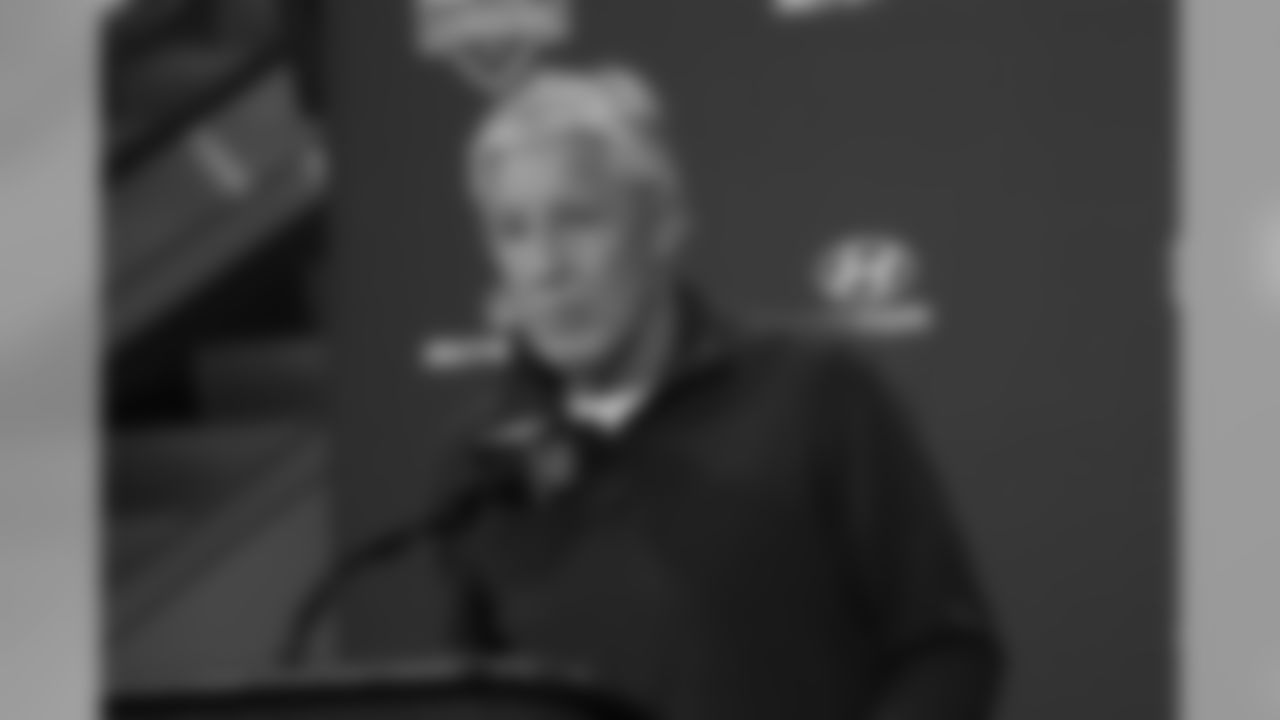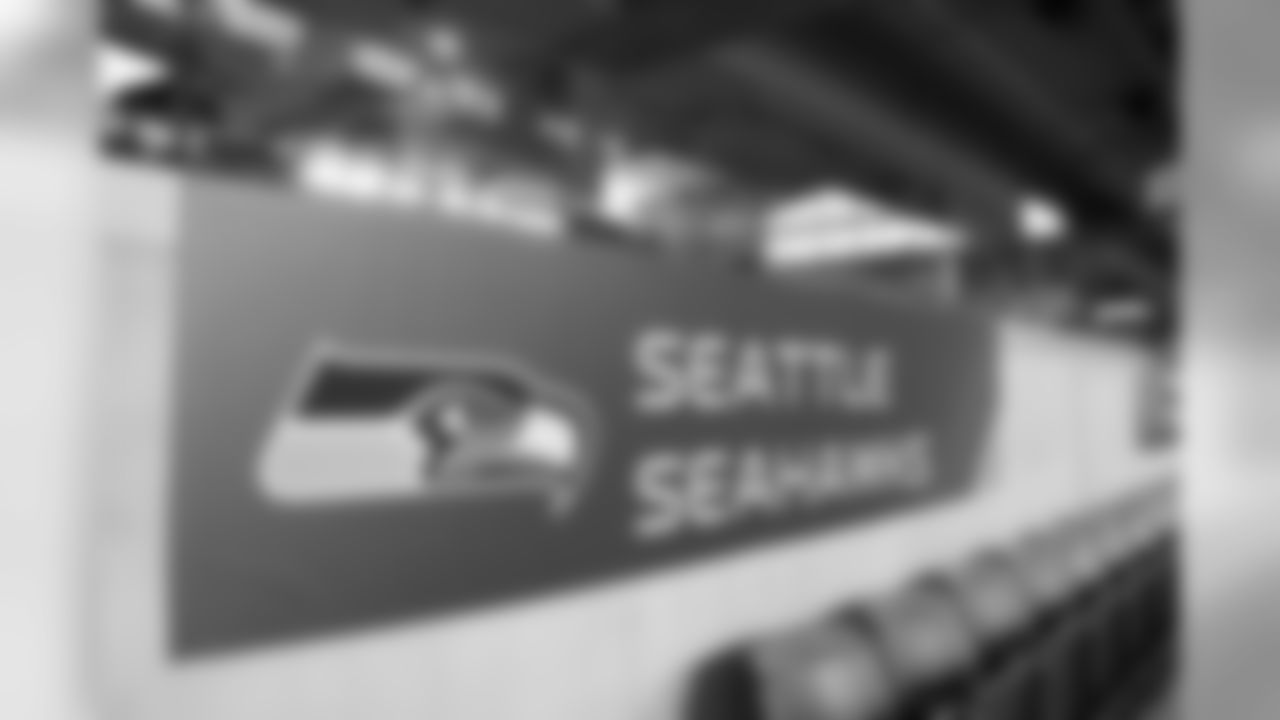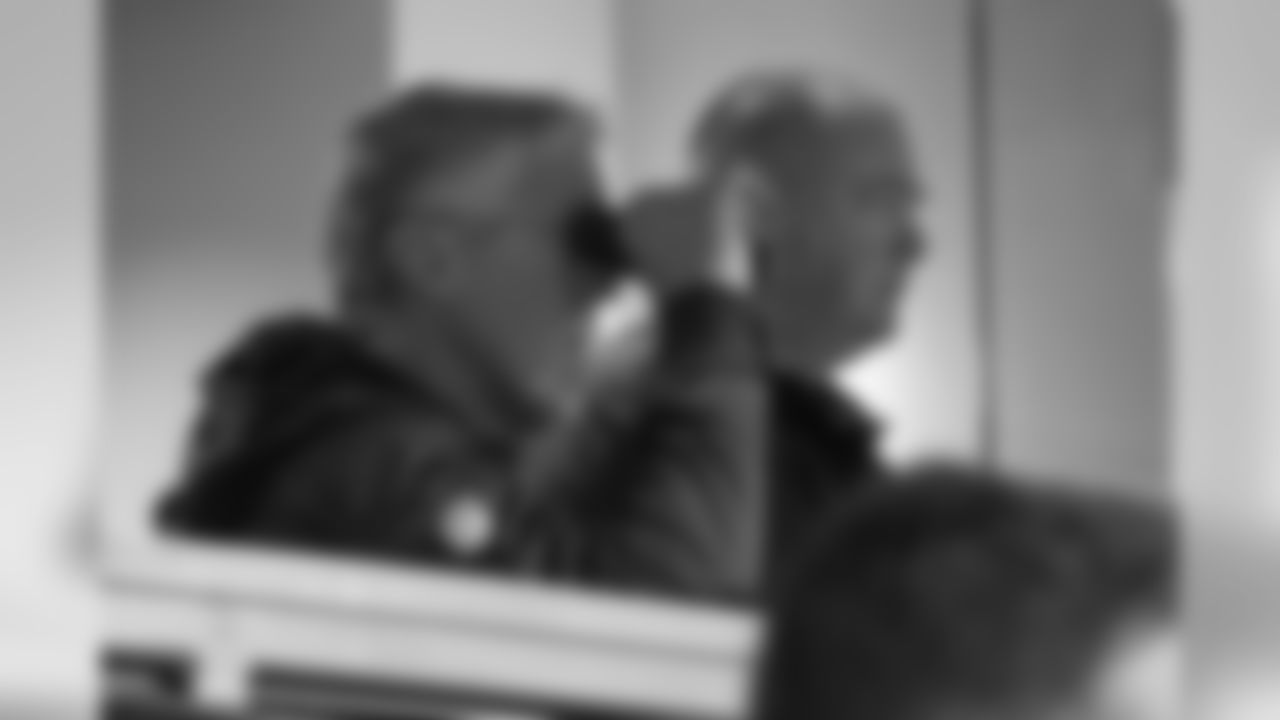INDIANAPOLIS – John Schneider was a very busy man at the NFL scouting combine.
The Seahawks general manager was in Indianapolis to evaluate some of college football's top prospects, but as is the case for every executive or head coach, the combine is about a lot more than just watching potential draft picks run and jump. There is free agency to discuss, agents to meet with, media obligations and so much more than just scouting players.
On Wednesday afternoon, for example, Schneider had a meeting with his scouting department in a hotel room, then immediately made his way to Lucas Oil Stadium for media obligations, which include a radio hit, a press conference and then an informal scrum with local media, all of which had to happen in under an hour so he could get back to his hotel for another meeting.
The result of that time crunch was that what was meant to be a sit-down interview with Schneider instead becomes a walk-and-talk between Lucas Oil Stadium and a downtown Indianapolis hotel—picture a scene from an Aaron Sorkin drama, but with less witty banter and more sweating.
Q: We'll start with the big picture. This is your seventh draft as the Seahawks general manager, how has this job been compared to what you were expecting when you were hired in 2010?
Schneider: "The biggest thing is that you're leading an organization and managing in a general fashion rather than just picking football players. Rather than just evaluating players, you're evaluating trainers and doctors and equipment people and grounds crew, making sure that everybody is on the same page and communicating. It's being able to problem solve on the fly if things come up with players, and really, there's not a playbook for it. That's probably the biggest thing, just being in the chair and learning on the fly, then praying that you're doing a good enough job and improving every day. It's learning, trying to learn different ways to do your job. It's not just about picking football players."
Q: What is the most important thing you get out of the combine when it comes to evaluating players?
Schneider: "The medical, psychological, the interviews, being able to speak with the guys individually—talking through some of the strengths and deficiencies they may have, what they might have to overcome to make it at our level."
Q: It's rare that anyone outside of the organization knows where the Seahawks are going with their draft picks. How much pride do you take in the team's ability to keep things in-house?
Schneider: "We have several models in our (draft) room, our credos that we kind of go by. Guys just do a great job of keeping everything in-house. We don't have any walls, our coaching staff is exposed to a lot. This is our seventh draft coming up, and we haven't had a situation where another team jumped up and took somebody right in front of us where we're just totally devastated, so I think that speaks volumes for the trust we have in that room."
Q: You've talked about the desire to keep everybody while also acknowledging that doing that is pretty much impossible in the NFL. How much more difficult has it become to retain talent as the team continues winning, making your free agents more attractive to other teams?
Schneider: "It gets more challenging, but it also makes it more fun. You want to be at that level where we were. You want to have people want your players, you want to be at that level that we were at (in 2013) where we had 21 players we brought into camp play for other teams that season. That's where you want to be. You just want to make the decisions so hard at 53—you don't want it to be easy when you cut to 53, it shouldn't be like that. You also want to be seeing what else is out there, because it's another area of acquisition when you go to 53."
Q: The focus this week is on the draft, but immediately after the draft is when the Seahawks have done some of their best work, signing undrafted free agents who have become big contributors to the team's success. What has allowed you to do so well in this area (late last season, 24 players on the 53-man roster were players who came into the league as undrafted free agents)?
Schneider: "I think for us, we don't feel like we're the smartest people in the league, we're just trying to outwork people. We take pride in our work ethic, never thinking we have all the answers, kind of going beyond the norm.
Q: The Seahawks signed Michael Bennett and Cliff Avril well after free agency opened in 2013; and added some key players, such as Doug Baldwin and Thomas Rawls, on whom they had draftable grades, but waited to sign in free agency; and have shown patience and belief in their draft board even when it comes to drafting players they really like, such as Russell Wilson. Both in the draft and free agency, how important is understanding the market, so to speak, when it comes to acquiring talent?
Schneider: "This weekend is a big weekend for that, because there's a lot of chatter about what guys' market values are going to be. You're talking to other teams, talking with agents and people who have a pulse on what the market is going to look like, so you have to be aware of what everybody's doing, what other teams are doing, what their goals are, then based on that, being able to figure out how you can plug your guys in."
Q: In general the Seahawks haven't been very active in the initial free-agent frenzy that occurs when the new league year opens. Is that a philosophical thing, or just the way things have worked out lately?
Schneider: "If you look at the teams with a ton of cap room, those are the teams that usually jump in right away and will go after guys that people feel are kind of no-brainer prospects, maybe a 25, 26-year old guy that they know has a good four, five years left in the tank. We've just gotten ourselves to the point where we're a draft-and-develop, then supplement-through-free-agency kind of team."
Seahawks coaches, scouts and front office staff are out in Indianapolis to watch draft-class talent preform at Lucas Oil Stadium for the 2016 NFL Scouting Combine.

Linebacker Brock Coyle

Linebacker Brock Coyle

Safety Eric Reid

Safety Eric Reid

Tight End George Kittle

Tight End George Kittle

Running Back Matt Breida







Seattle Seahawks head coach Pete Carroll responds to a question during a news conference at the NFL football scouting combine Thursday, Feb. 25, 2016, in Indianapolis. (AP Photo/Darron Cummings)

Seattle Seahawks head coach Pete Carroll responds to a question during a news conference at the NFL football scouting combine Thursday, Feb. 25, 2016, in Indianapolis. (AP Photo/Darron Cummings)

Seattle Seahawks head coach Pete Carroll responds to a question during a news conference at the NFL football scouting combine Thursday, Feb. 25, 2016, in Indianapolis. (AP Photo/Darron Cummings)

Seattle Seahawks head coach Pete Carroll responds to a question during a news conference at the NFL football scouting combine Thursday, Feb. 25, 2016, in Indianapolis. (AP Photo/Darron Cummings)









































